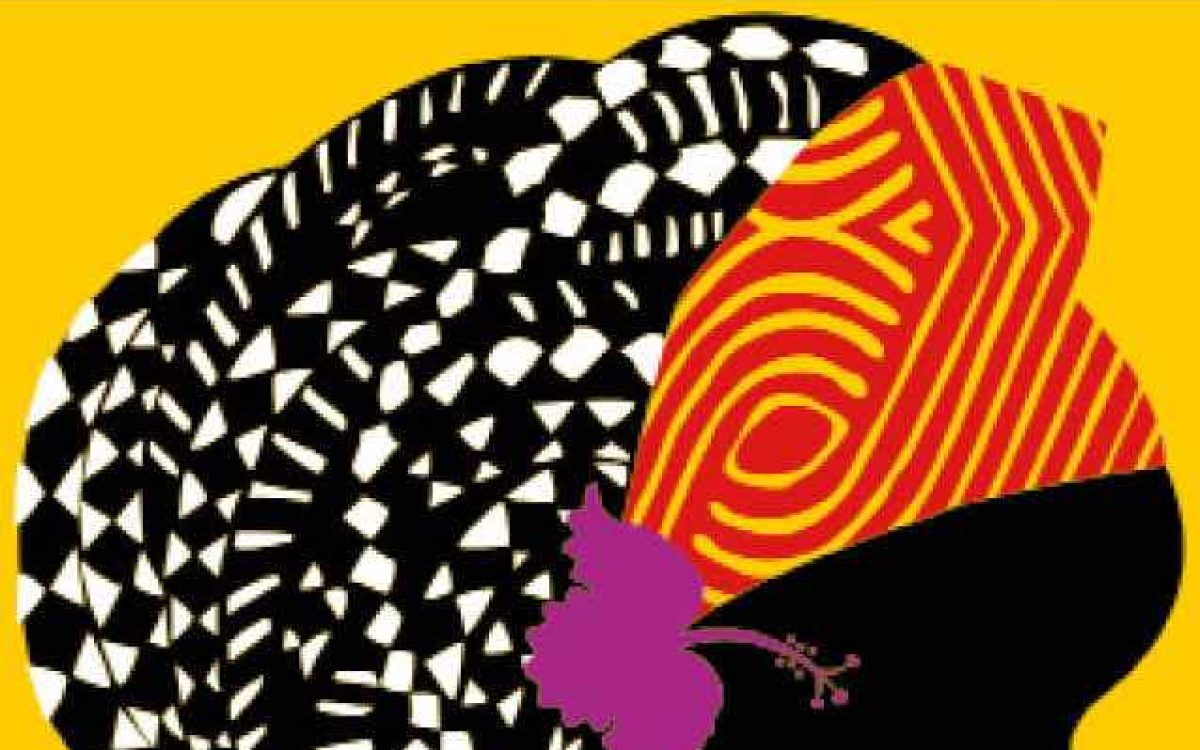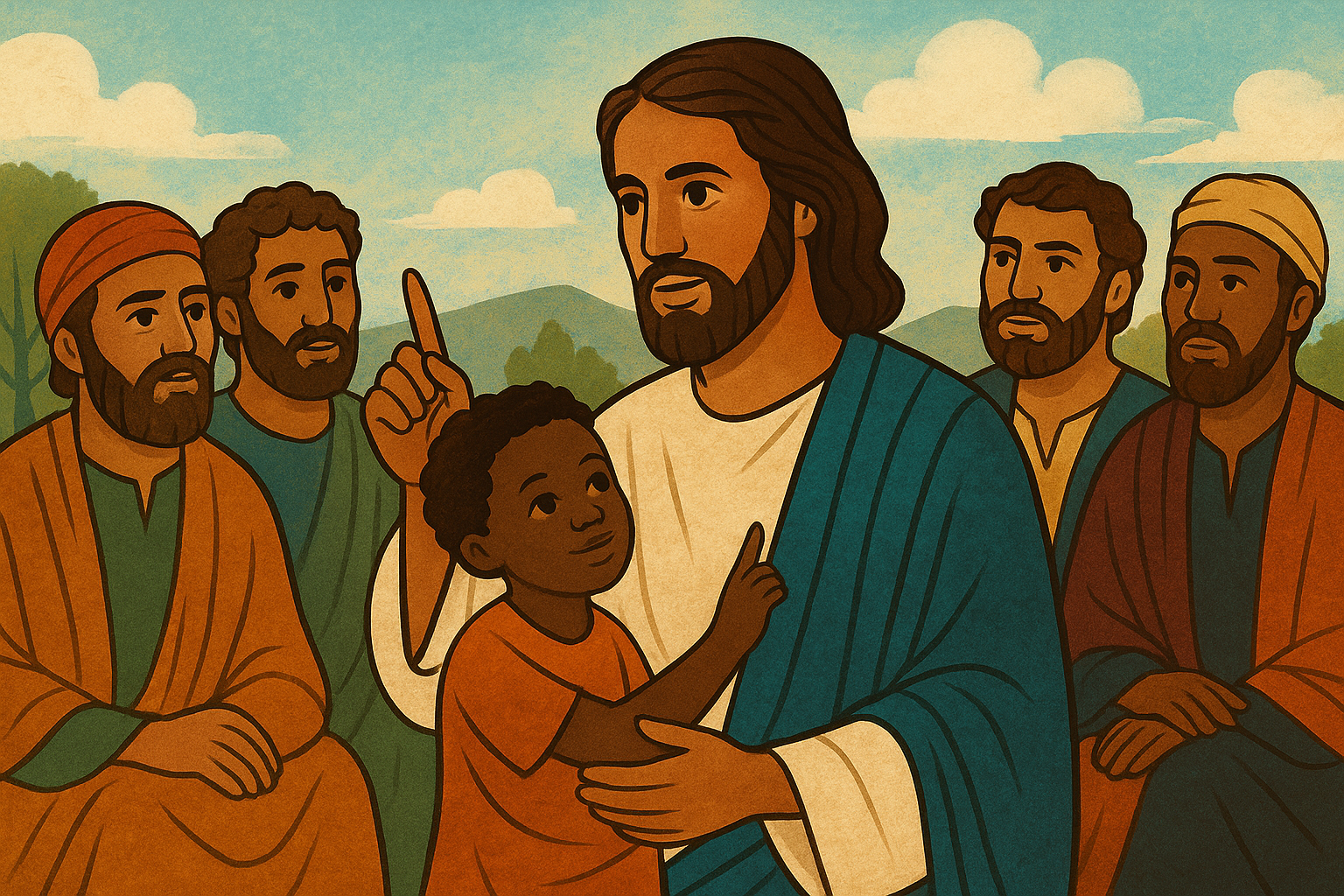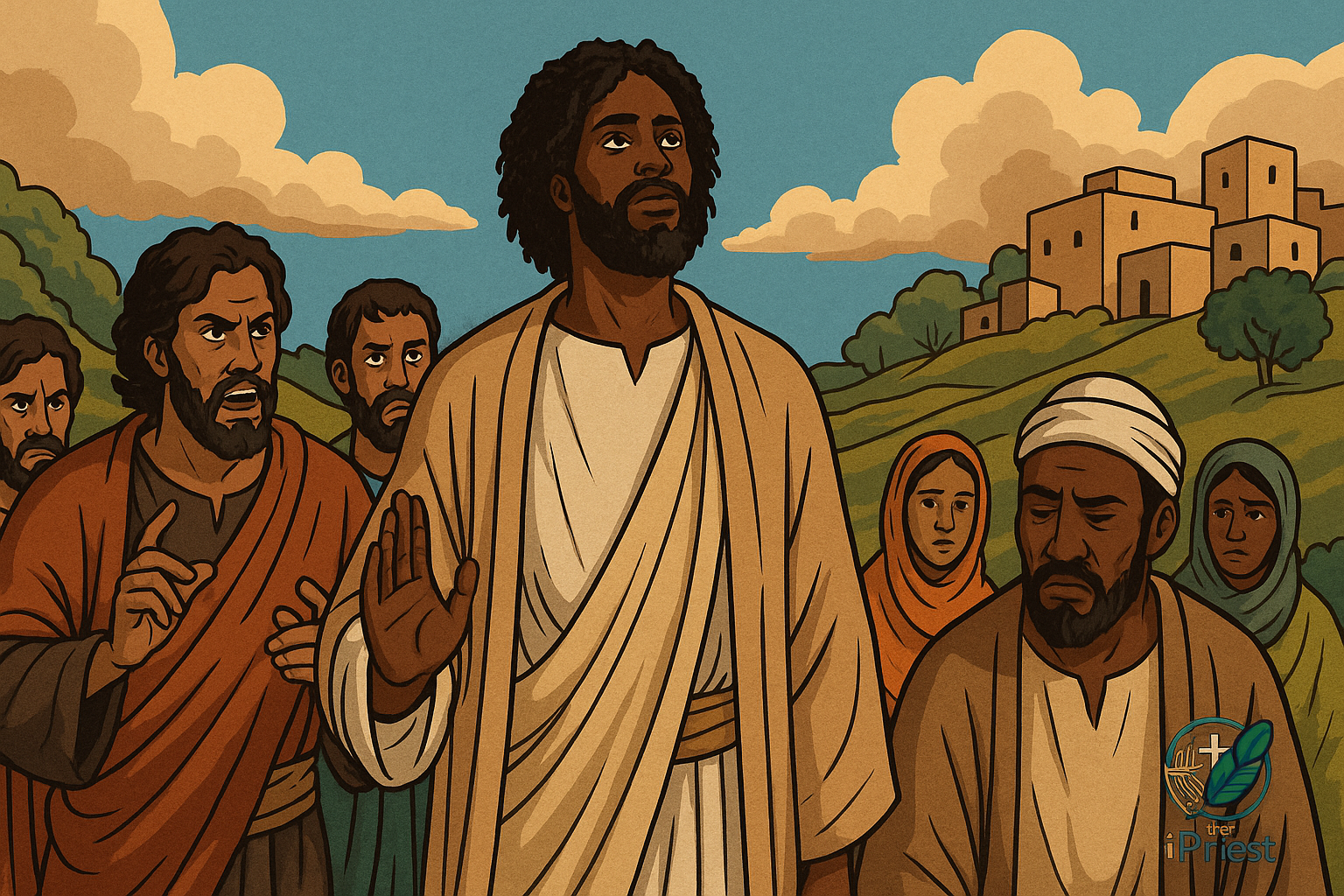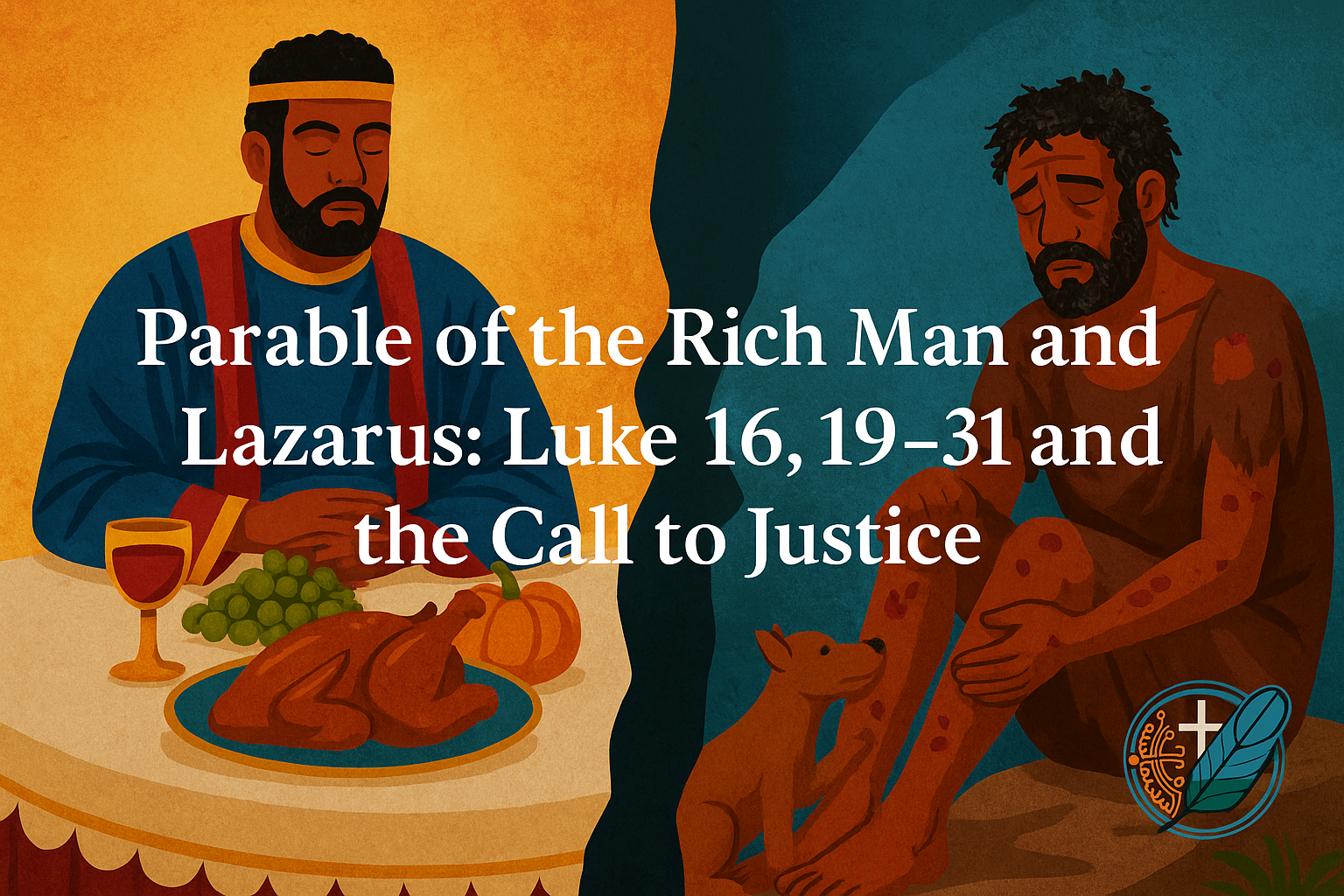The purple hibiscus is set up in a postcolonial Igbo society. The story is woven around the family of Mr Eugene Achike. He is a model of a successful postcolonial Igbo family. Eugene is wealthy, philanthropic, pious, and principled to a fault, but also too rigid with his family.
Mr. Eugene (Kambili) who is the narrator, Jaja (Chukwuka Achike) -who is the antagonist, and their mother, Beatrice Achike who is a middle woman. They are negotiating between the harsh and hot-tempered Eugene and his immediate and extended family.
The book starts with Kambili giving us a glimpse into their family situation:
“Things started to fall apart at home when my brother, Jaja, did not go to communion and Papa flung his heavy missal across the room and broke the figurines on the etagere. We had just returned from church. Mama placed the fresh palm fronds wet with holy water on the dining table and then went upstairs to change. Later, she would knot the palm fronds into sagging cross shapes and hang them on the wall beside our gold-framed family photo. They would stay there until next Ash Wednesday, when we would take the fronds to church, to have them burned for ash.”
At the beginning of the book, we are giving a broad perception of how the family is organized. We are presented here with a very religious family, given Kambili’s importance to religious rituals. It also gives us an idea of the personality of Jaja who, ab initio, goes against what his father holds very sacred. It was Jaja’s reaction that will give us a glimpse into his father’s personality: very religious but quick-tempered, brute and even hypocritical. The mother, we can observe, from this very first paragraph, how little she would directly interfere in the conflictual moments of the whole narrative.
The narrative which develops as a flashback of Kambili starts, as we have mentioned, at the family of Eugene Achike, a prominent member of St Agnes Parish, Enugu. Eugene’s family lacked no food, and the children attend one of the best schools in the state, yet they have no access to anything that did not comply with Eugene’s rigorous religious view. His strictness is so pronounced that his father who refused to abandon his ancestral belief was entirely ignored by him. And despite his great wealth, the father had to depend entirely on Eugene’s sister, Ifeoma – a liberal good-hearted lecturer at UNN.
Eugene was brought up by an old white missionary, and so stayed attached to the priest’s conservative and scrupulous idea of the Church that anyone who did not follow the Church’s teaching to the letters was not a good Catholic.
For example, Eugene, we are told was too obedient to Fr Benedict, the white missionary priest serving in their parish that he had to report to him whoever did not receive communion two consecutive Sundays. Fr Benedict, we are also told, “had changed things in the parish, such as insisting that the Credo and kyrie be recited only in Latin; Igbo was not acceptable. Also, handclapping was to be kept at a minimum, lest the solemnity of Mass be compromised.”
On the other hand, Eugene had no or little respect for Fr Amadi, a young charismatic Igbo priest who works at the University of Nigerian Nsukka. Fr Amadi was accommodating, wearing plain shirts and jeans. Eugene detested him and even asked his family to pray for his conversion.
We are also made to understand Eugene’s relationship with his father whom he treated as a heathen, and even forbid his children from eating anything from his house. And while he kept on sharing money to all those who asked him, we were made to understand that his father was living in abject poverty during one of their Christmas breaks. He only received his medication whenever his daughter Ifeoma, a UNN lecturer who recently lost her husband and was struggling to raise her three children in a corrupt university environment, could buy it.
During this Christmas break, Jaja and his little sister Kambili discovered their condition was not normal. And what happened in the family and the rest of the story was going to be based on this Christmas vacation.
Purple Hibiscus is a manual for anyone who wishes to understand the postcolonial Igbo religious and sociopolitical setups. Chimamanda gave us a key to better comprehend the development of Igbo society, from independence until today. His ability to dissect the hypocrisy of the religious setup of our middle-class Igbo families through the experience of Eugene Achike’s family is unique to Chimamanda’s kin eyes.
On perusing the book, one can still observe the present-day situation of our Nigerian churches: loathing our spirituality while promoting everything foreign; promoting religious leaders who are far from everyday lived experiences of average Nigerians, and continuously nourishing a toxic father-figure Eugene Achike represented.
Purple Hibiscus is a relatively recent book, published in 2003, yet it tells an ancient story in the voice of our modern youth. It questions our relationship with our spirituality and the truthfulness of our religiosity. It could be said that Purple Hibiscus is to the Igbo Christians what The Poor Christ of Bomba of Mongo Beti is to the Beti nation of Cameroon.
Purple Hibiscus was perfectly written, given a vivid description of events which allows the reader to feel what the narrator feels. When Kambili tells us how they felt after a military coup, we feel exactly what she felt: her fear, seeing what she saw, and breathing the surrounding air:
“In the following weeks, the newspapers we read during family time sounded different, more subdued. The standard, too, was different; it was more critical, more questioning than it used to be. Even the drive to school was different. The first week after the coup, Kevin plucked green tree branches every morning and stuck them to the car, lodged above the number plate, so that the demonstrators at Government Square would let us drive past. The green branches meant solidarity. Our branches never looked as bright as the demonstrators’, though, and sometimes as we drove past, I wondered what it would be like to join them, chanting ‘Freedom,’ standing in the way of cars.”
As I have already observed, Purple Hibiscus should be a manual for young people in formation for any leadership position. It should even be proposed to all those in formation to minister among the Igbo Catholics of Nigeria. We can see vividly through the lenses of Kambili, Jaja, Fr Amadi, and Ifeoma and her children the limits of our way of practising the Christian faith among the Igbo. The most touching of the narrative part is when Kambili falls in love with Fr Amadi. There was that air of loving a taboo, the idea of going for something you know you shouldn’t go for. Fr Amadi and Kambili were made to understand and develop a particular attachment to each other. Fr Amadi, though faithful to her call, the narrative shows, was unable to hide his feelings and Kambili, who was ordinarily quiet, became very verbal and even antagonistic.
I enjoyed the book and found it fascinating and informative, even though Chimamanda, through Fr Amadi, confessed her [then] ignorance of the existence of the indigenous people in North America.






